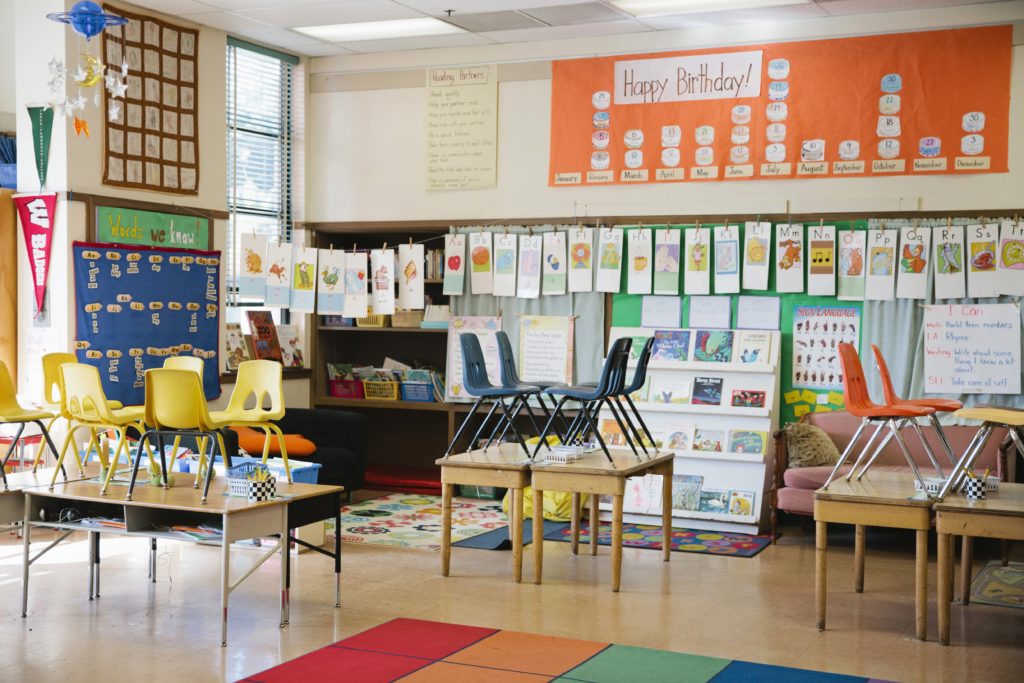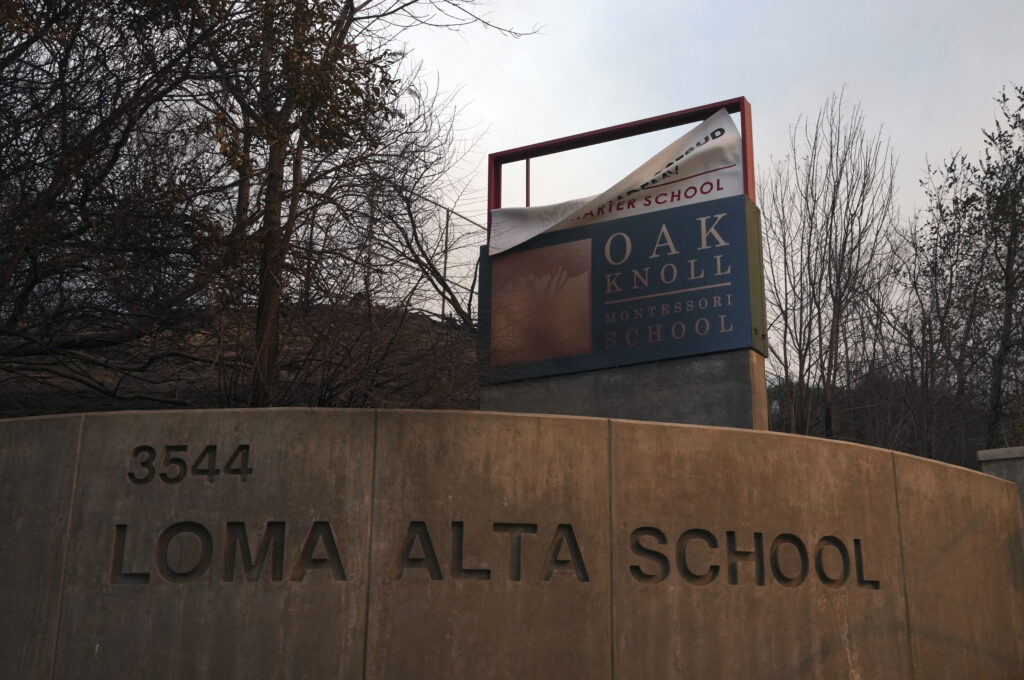
Credit: Alison Yin/EdSource
A silent crisis is unfolding in our schools and impacting millions of California students: chronic absenteeism. The consequences of unchecked absenteeism are severe and far-reaching.
It starts innocuously with a few missed days, but can quickly spiral, decimating a child’s future prospects. When dropout rates increase and college readiness declines, the ripple effects harm entire communities.
Traditionally, students and their families are penalized for missing school, but this hasn’t resolved the issue and instead, targets marginalized student groups. As an educator with years of experience in the classroom and administration, I propose a radical shift in our approach — treating chronic absenteeism as a public health emergency.
The rise in social isolation, health concerns and economic hardships have dramatically increased the number of students consistently missing school nationwide. In California, we are seeing consistent, distressing high chronic absence rates, particularly among high school studeents and historically marginalized populations.
We can’t simply discipline our way out of this crisis. Instead, we need a comprehensive strategy that addresses the complex roots of absenteeism, from persistent health issues to limited transportation access, from heightened stress to trauma.
Imagine if schools treated chronic absenteeism with the same urgency and collaboration used during the Covid-19 pandemic. We mobilized resources to fight a global crisis, and we can apply that same level of commitment to ensuring every child attends school regularly.
By framing chronic absenteeism as a public health crisis, we open the door to more effective interventions. One crucial strategy for dealing with public health emergencies is risk communication, which helps convey urgency, provide accurate information, and mobilize stakeholders to take collaborative action. The impact of proactive attendance management has shown to improve attendance rates threefold for chronically absent students.
Here are strategies schools can implement, drawing from public health approaches:
- Convey urgency: Research shows attendance is the most crucial predictor of school success. Schools must create a “relentless drumbeat” about the importance of attendance through daily text messages, visual aids, public recognition and personalized follow-ups with absent students.
- Provide accurate information: Transparency is key. Schools should share clear data on absenteeism and its effects. Implementing user-friendly attendance management systems can automate positive intervention letters and free up staff for more personalized outreach. Training teachers to analyze attendance data enables early, tailored interventions.
- Mobilize stakeholders: Thirty-seven percent of K-12 families want actionable steps to improve their children’s attendance. Schools must provide specific, consistent messaging about attendance importance to all stakeholders — students, families, educators, board members and policymakers. Offer concrete ways for everyone to contribute to the solution.
- Advocate for prevention: Positive messaging encourages attendance; punitive actions deter it. A multilevel approach works best:
- District level: Superintendents should regularly communicate about the importance of attendance.
- Building level: Principals should celebrate good attendance and offer incentives.
- Classroom level: Teachers should reach out personally to families, highlighting successes and addressing issues promptly.
- Foster two-Way, equitable communication: A Harvard study found that students with the best outcomes for remote learning during the pandemic were in communities with high levels of trust. Schools must establish open dialogues with families in their preferred languages and communication channels. This approach helps identify root causes of absenteeism and builds the trust essential for consistent attendance.
The responsibility for addressing chronic absenteeism extends beyond individual schools or districts — it requires a unified national effort. However, we needn’t wait for a grand solution. By prioritizing consistent, positive communication in our classrooms, schools and communities, we can make significant strides in reducing absenteeism.
Treating chronic absenteeism as a public health emergency isn’t just a metaphor — it’s a call to action. It demands we recognize the severity of the issue and respond with the urgency, coordination and comprehensive strategies that have proven effective in addressing other public health crises.
By reframing our approach, we can foster healthier educational environments and brighter futures for our students, one attendance record at a time.
•••
Kara Stern, Ph.D., is the director of education and engagement at SchoolStatus, a provider of K-12 data-driven communication, attendance and professional development solutions.
The opinions in this commentary are those of the author. We welcome guest commentaries with diverse points of view. If you would like to submit a commentary, please review our guidelines and contact us.


